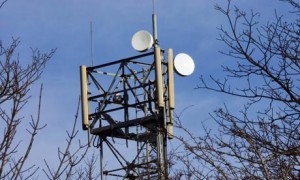Mobile Coverage updates
3 November 2011 at 14:36 in News by Louis Mosley
A couple of things. First, the House of Commons culture, media and sport committee has published it’s long-awaited report on spectrum policy. You can read it here.  The committee has thrown its weight firmly behind the idea of increasing the coverage obligation attached to one 4G licence to 98% of the population.
The committee has thrown its weight firmly behind the idea of increasing the coverage obligation attached to one 4G licence to 98% of the population.
It also urges Ofcom and BDUK to work closely with each other to ensure that lack of backhaul doesn’t become the excuse that Mobile Network Operators give for not providing coverage in rural areas. This means that deployments like Connecting Cumbria should also be undertaken with an eye on what the MNOs might need.Easier said than done!
Second, yesterday Ofcom launched online coverage maps comparing levels of outdoor mobile phone coverage and superfast broadband availability by local authority. You can check them out here.
 According to the maps, 97% of premises and 66% of the UK landmass can receive a 2G signal outdoors from all four 2G networks.
According to the maps, 97% of premises and 66% of the UK landmass can receive a 2G signal outdoors from all four 2G networks.
This means that approximately 900,000 UK premises do not have a choice of all four 2G mobile networks.
For 3G, 73% of premises and 13% of the UK’s landmass can receive a signal outdoors from all five 3G networks, with lower coverage in less densely populated areas.
This means that approximately 7.7million UK premises do not have a choice of all five 3G mobile networks.
Now that £150m is available to build base stations in rural areas check out Ofcom’s sitefinder tool to see what’s near you (and where no doubt base stations are missing!)

Latest Tweet from @bbcumbria
No public Twitter messages.